It Happened In
Miami
Works of Oral History by the Frommers
It Happened in the Catskills
It Happened in Brooklyn
Growing Up Jewish in America
It Happened on Broadway
It Happened in Manhattan
It Happened in Miami, the Magic City
It Happened In
Miami
The Magic City
An Oral History
Myrna Katz Frommer and Harvey Frommer
TAYLOR TRADE PUBLISHING
Lanham New York Boulder London
Published by Taylor Trade Publishing
An imprint of The Rowman & Littlefield Publishing Group, Inc.
4501 Forbes Boulevard, Suite 200, Lanham, Maryland 20706
www.rowman.com
Unit A, Whitacre Mews, 26-34 Stannary Street, London SE11 4AB, United Kingdom
Distributed by NATIONAL BOOK NETWORK
Copyright 2015 by Myrna Katz Frommer and Harvey Frommer
All rights reserved. No part of this book may be reproduced in any form or by any electronic or mechanical means, including information storage and retrieval systems, without written permission from the publisher, except by a reviewer who may quote passages in a review.
British Library Cataloguing in Publication Information Available
Library of Congress Cataloging-in-Publication Data
Frommer, Myrna.
It happened in Miami, the Magic City : an oral history / Myrna Katz Frommer and Harvey Frommer.
pages cm
Includes index.
ISBN 978-1-58979-950-9 (hardcover : alk. paper) ISBN 978-1-58979-951-6 (electronic)
1. Miami (Fla.)Social life and customs20th century. 2. Miami (Fla.)Biography. 3. InterviewsFloridaMiami. 4. Oral history. I. Frommer, Harvey. II. Title.
F319.M6F75 2015
975.9'381dc23
2015024678
 The paper used in this publication meets the minimum requirements of American National Standard for Information SciencesPermanence of Paper for Printed Library Materials, ANSI/NISO Z39.48-1992.
The paper used in this publication meets the minimum requirements of American National Standard for Information SciencesPermanence of Paper for Printed Library Materials, ANSI/NISO Z39.48-1992.
Printed in the United States of America
For our family
I started out to go to Cuba
Soon I was in Miami Beach
Thats not so very far from Cuba
But oh what a rumba they teach
The Miami Beach Rumba, Irving Fields
Introduction
One of the ways in which oral history works best is in preserving a world that soon may be no more. A sense of immediacy, of urgency, propels the preservation of stories that will disappear with the generation that has lived and experienced them.
This much was realized in our first work in the genre, It Happened in the Catskills (Harcourt Brace, 1991). By capturing the memories of a hundred Borscht Belt participants and observers, we were able to produce an affectionate, poignant, and socially significant record of a fabulous world that has since ceased to exist.
Now, as we move into our second quarter century of writing oral histories, It Happened in Miami, the Magic City continues in this vein. At the same time it comes up to a dynamic present, for the story of Miami can hardly be said to be over. Built on a confluence of events occurring over the course of the twentieth century and into the twenty-first, the City of Miami and Miami Beachcollectively Greater Miamiclaim an internationally recognizable identity from having become a burgeoning neo-metropolis, a brilliant center of finance and culture, and host to Art Basel, the international extravaganza of modern art.
Problems of depressed real estate values, racial tensions, drugs, and crime seem to belong to a forgotten past as new skyscrapers create ever-changing skylines. Properties on the order of the Mandarin Inn, the Four Seasons, the Viceroy Icon complex, and the Epic Hotel welcome high-end companies and leisure travelers while the worlds largest collection of cruise ships docks at the Port of Miami.
All of this will, of necessity, be part of the story It Happened in Miami, the Magic City will tell. But at its heart will be recollections of a flamboyant past centering largely around three historic themes.
First, the era when Miami Beach became a popular destination for New York Jews who, already half in love with the Latin beat they ingested along with the borscht in Catskill hotels, stamped their presence on what until recently had been a highly restricted millionaires enclave and not too long before that, a swampy island in the bay.
Second, the massive influx of Cubans in the wake of Castros takeover of their island home who made of Miami a Little Havana and Spanish its preeminent language.
Third, the revival of South Beach and its deteriorating and abandoned Art Deco hotels spurring the transformation of decaying blocks of old folks homes into a resort locale evocative of St. Tropez.
How this came to be over the course of roughly three-quarters of a century is recalled, reimagined, and re-created in these pages through the reminiscences of nearly seventy individualssome well known, others not so well knowntheir memories forming the content of this narrative, their accounts enhanced by stunning visuals, both vintage and contemporary, from Art Deco palaces to postwar mid-century modern (MiMo) fantasies to reimagined turn-of-this-century eclectic combinationsin short, the oft-imitated but still singular Miami style.
Having gone through the process of learning what happened in Miami from the postWorld War II period well into the second decade of the twenty-first century from those who have lived it, we are reminded of the architect Le Corbusiers comment when he concluded his work on the United Nations complex. New York is not a completed city, he said. It is a city in the process of becoming. Today it belongs to the world.
It seems Miami can make the same claim. From the beach to downtown, from Coral Gables to Coconut Grove, from the causeways to the keys, a multitude of impressions merges into a collective image while the rhythm and the beat of Irving Fieldss Miami Beach rumba go on.
Voices
MICHAEL ALLER , aka Mr. Miami Beach and the Sultan of Smooze, is the tourism and convention coordinator for Miami Beach.
JO ANN ARNOWITZ is executive director and chief curator of the Jewish Museum of Florida-FIU with more than thirty-five years of experience in the museum field.
GEORGIANA AYERS is a community activist in the Miami area known to one and all as Spitfire.
MARVIN REY BAUMEL is a longtime Miami resident. A Latin bandleader in the 1950s and 1960s, he has also been a successful conference speaker for nearly half a century.
SETH H. BRAMSON , adjunct professor of history and historian in residence at Barry University, has earned the reputation as the countrys leading Greater Miami historian.
HOWARD BRAYER , a docent for the Jewish Museum of Florida and volunteer tour guide, conducts a popular Jewish food walking tour.
DEBORAH BRIGGS is vice president for marketing, philanthropy, and programs at The Betsy Hotel in South Beach. Since 2008, she has been executive director of the PG Family Foundation.
SUE BRUSTMAN in 1985 created her public relations firm, which specializes in things culinary. Ahead of the curve, she saw the direction Miami Beach was heading and wound up representing some of the top restaurants and chefs as well as key figures such as Tony Goldman.
ANN BROAD BUSSELL has lived in Miami since 1940. A former teacher in the Miami-Dade County system and at Barry University, she is the daughter of the late Shepard Broad, a leading developer and attorney and founder of the American Savings and Loan Association of Florida.
DIANE WOOLFE CAMBER became director/chief curator of the Bass Museum of Art in 1980. For the next twenty-seven years she worked to propel the institution into its role as a major Miami cultural institution and was active in historic preservation work including the renovation of the Art Deco District.
Next page
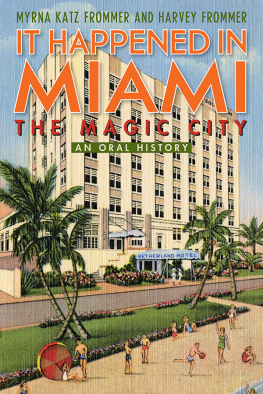

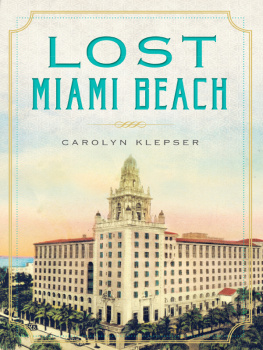

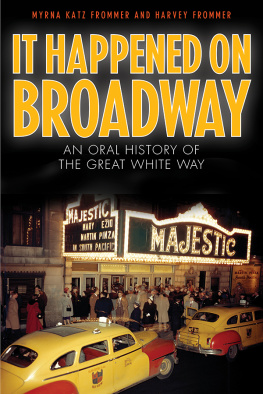
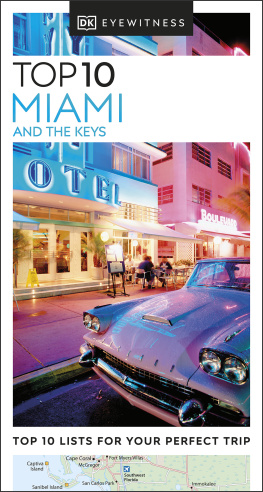

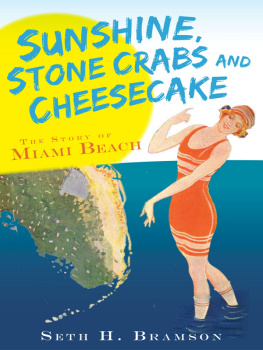
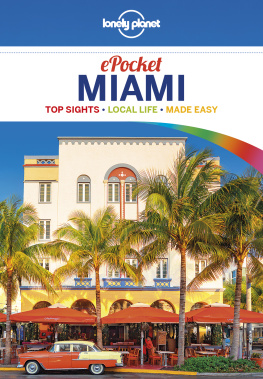

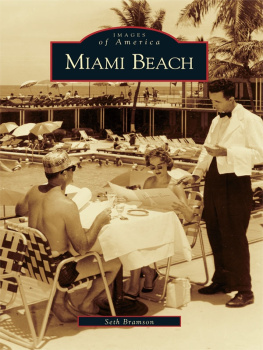
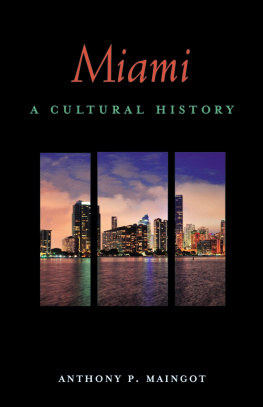

 The paper used in this publication meets the minimum requirements of American National Standard for Information SciencesPermanence of Paper for Printed Library Materials, ANSI/NISO Z39.48-1992.
The paper used in this publication meets the minimum requirements of American National Standard for Information SciencesPermanence of Paper for Printed Library Materials, ANSI/NISO Z39.48-1992.